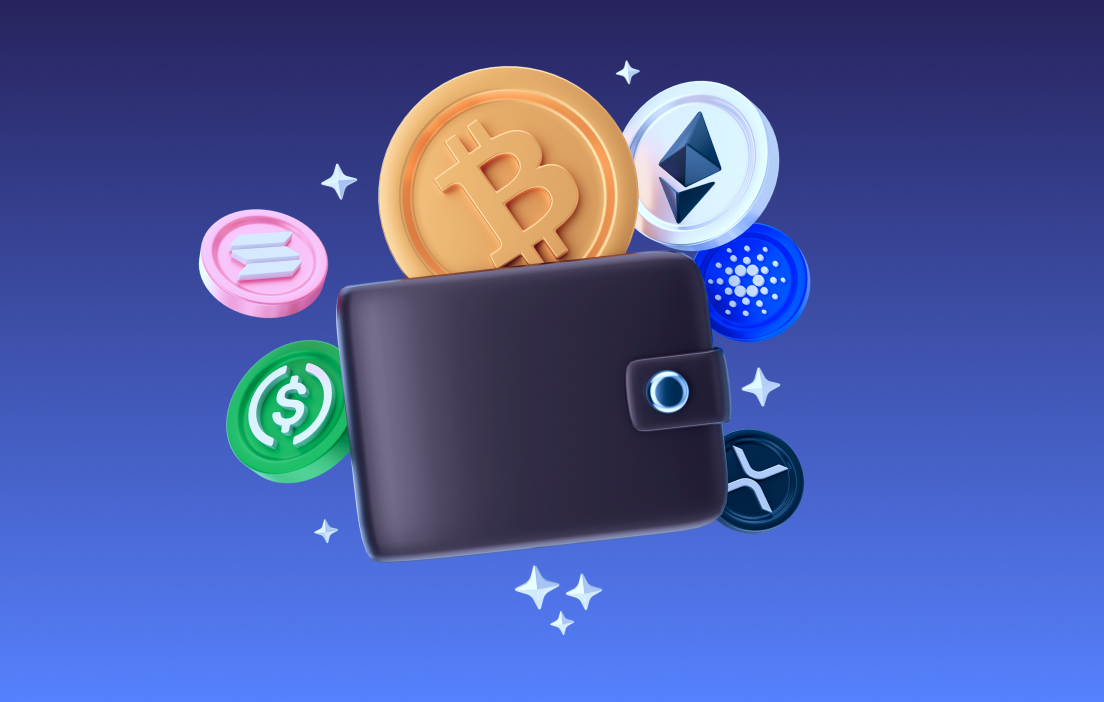In the rapidly evolving world of cryptocurrencies, one of the most critical components for investors and traders alike is the Ledger Live wallet. These digital wallets enable users to store, send, and receive cryptocurrencies, ensuring the security and management of their assets. But, what exactly is a crypto wallet, and why is it so essential in the world of digital finance?
What is a Crypto Wallet?
A crypto wallet is a software application, hardware device, or even a physical object that allows users to store and manage their cryptocurrencies. Unlike traditional wallets, which hold physical currency, crypto wallets hold the private and public keys necessary for accessing and interacting with cryptocurrency networks like Bitcoin, Ethereum, and others.
There are two main components of a crypto wallet:
- Public Key: This is like a bank account number, which can be shared with anyone. It is used to receive funds.
- Private Key: This is akin to a password that grants access to your funds. It must be kept secure and private. If someone else obtains your private key, they can access and transfer your cryptocurrencies.
Types of Crypto Wallets
Crypto wallets come in various forms, each with its unique features and security measures. Here are the primary types:
- Hot Wallets (Software Wallets):
- These wallets are connected to the internet, making them highly accessible and convenient for daily transactions.
- Hot wallets are typically apps or software installed on your computer, smartphone, or web browser.
- They are easy to set up and use, but because they are connected to the internet, they are more vulnerable to hacking and other security risks.
Examples: Exodus, MetaMask, Coinbase Wallet, Trust Wallet.
- Cold Wallets (Hardware Wallets):
- Cold wallets are offline devices, making them significantly more secure than hot wallets. These wallets are physical devices that store your private keys offline, keeping them safe from online threats.
- Since they aren’t connected to the internet, cold wallets are ideal for long-term storage and large amounts of cryptocurrency.
- However, they are less convenient for frequent transactions due to the need to physically connect them to a computer or smartphone.
Examples: Ledger Nano S, Trezor, KeepKey.
- Paper Wallets:
- A paper wallet is a physical document that contains both your public and private keys printed on it. Paper wallets offer an offline way to store crypto, reducing the risk of hacking.
- However, paper wallets can be easily lost or damaged, so they require careful handling and storage.
- They are often used for long-term storage but are less convenient for everyday use.
Example: A printed key pair on paper with QR codes for easy scanning.
- Web Wallets:
- These wallets are accessed through a web browser and are hosted on an online platform, allowing users to access their cryptocurrency from any device with an internet connection.
- Web wallets are user-friendly but carry a higher risk of being compromised because they are exposed to online threats.
Examples: Blockchain.com Wallet, MyEtherWallet.
- Mobile Wallets:
- Designed for smartphones, these wallets allow users to manage their cryptocurrency easily while on the go. Mobile wallets can either be hot or cold wallets, depending on whether they require an internet connection for use.
Examples: Coinomi, Trust Wallet, Atomic Wallet.
How Crypto Wallets Work
Crypto wallets interact with blockchain networks to facilitate the sending and receiving of cryptocurrency. When you send cryptocurrency, the transaction is broadcasted to the network. Your wallet signs the transaction using your private key, proving your ownership of the assets. Once validated by the network, the transaction is confirmed and recorded on the blockchain.
The process of using a crypto wallet typically involves:
- Generating a Wallet: When you create a crypto wallet, the software generates a unique pair of public and private keys.
- Storing the Private Key: Your private key is crucial for accessing and managing your funds, so it must be securely stored. Depending on the type of wallet, this may be done digitally or physically.
- Making Transactions: To send cryptocurrency, you use your private key to sign and broadcast a transaction. The blockchain network then verifies and processes the transaction.
- Receiving Cryptocurrency: To receive crypto, you share your public key (or wallet address), allowing others to send funds to your wallet.
